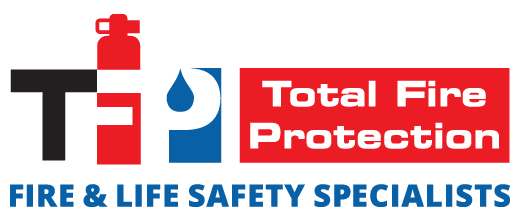 Hospitals and other healthcare environments often treat people who are most vulnerable in the case of a fire. Many patients rely on healthcare workers to keep them safe or help them evacuate. Visitors often don’t know the fire emergency plan and rely on many of those same employees. This puts even more fire protection and life safety responsibility on the healthcare facility.
Hospitals and other healthcare environments often treat people who are most vulnerable in the case of a fire. Many patients rely on healthcare workers to keep them safe or help them evacuate. Visitors often don’t know the fire emergency plan and rely on many of those same employees. This puts even more fire protection and life safety responsibility on the healthcare facility.
Healthcare Environments And NFPA 101
Hospitals are not the only facilities with special requirements for fire protection and life safety. The National Fire Protection Association Life Safety Code (NFPA 101) defines healthcare environments by including hospitals, ambulatory care centers, and doctor’s offices. NFPA 101 lists separate requirements for these different types of facilities.
Depending on the healthcare environment’s use, it will be required to have fire sprinklers, fire extinguishers, and fire alarms to varying degrees. Facilities must also have emergency and evacuation plans. The plans must be kept up-to-date and the staff must be trained as well as perform regular drills. NFPA 101 and other fire safety codes have helped US hospitals decrease fires and fatality rates.
Fire Safety in Special Areas of Healthcare Environments
Surgical Rooms. Fires in operating rooms are rare. But they must be given special attention as many surgical patients cannot easily be evacuated in case of a fire. Oxygen tanks and other medical gases are flammable as well as alcohol and other flammable chemicals. Standard sprinkler systems could wreak havoc in an operating room. Advance notice is essential so staff can react calmly to protect the patient.
Sensitive Electronics. Throughout healthcare environments, there is sensitive equipment like computer systems, telecommunications equipment, imaging technologies like MRIs, CATs, and X-rays machines. This sensitive, often expensive equipment is at risk, not only from the fire itself but also from smoke and fire suppression systems. Special care must be taken to protect these systems.
Labs with Flammable Materials. Healthcare environments aren’t just used to treat patients. Many have research laboratories as well. In these labs, there are often flammable materials and chemicals that can cause a fire. These laboratories need to have suppression systems that minimize the chance of a fire. Facility managers must also know what hazardous materials are in the labs at all times.
Kitchens. Aside from all the medical equipment and materials that can cause a fire, most healthcare environments have commercial kitchens to feed hospital staff, patients, and visitors. These kitchens need all the same fire protection and ventilation systems of any commercial kitchen, as well as fire extinguishers in case of cooking fires.
Need to upgrade the fire protection in your healthcare environment? Get a free quote from the Fire and Life Safety specialists at Total Fire Protection.




